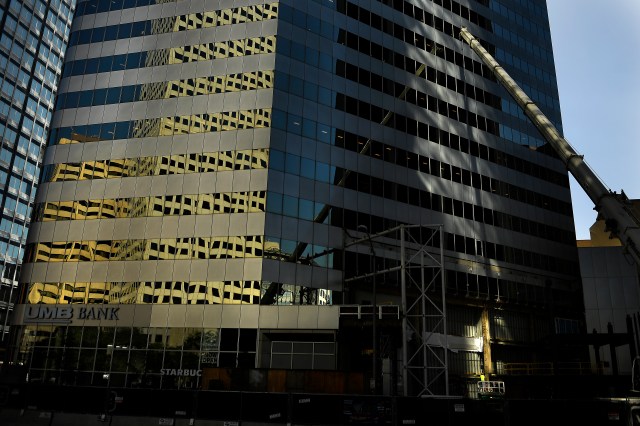Denver Shakeup: TIAA Slashes Jobs, Abandons Skyscraper in Major Corporate Restructuring

In a significant corporate shift, TIAA, a heavyweight in retirement and investment services, is preparing to bid farewell to its current Denver skyscraper headquarters. The company's planned relocation was revealed through a Worker Adjustment and Retraining Notification (WARN) notice submitted to Colorado state authorities.
This strategic move signals potential changes for the financial giant's operational footprint in the Mile High City. While specific details about the new location or reasons behind the move remain undisclosed, the WARN notice suggests a substantial transition for TIAA's Denver-based workforce.
The decision to relocate underscores the dynamic nature of corporate real estate and workplace strategies in today's rapidly evolving business landscape. As companies continue to reassess their physical spaces in the wake of changing work environments, TIAA's move represents another example of this ongoing trend.
Employees and stakeholders will be watching closely to see how this relocation might impact the company's local presence and future operational plans in Denver.
